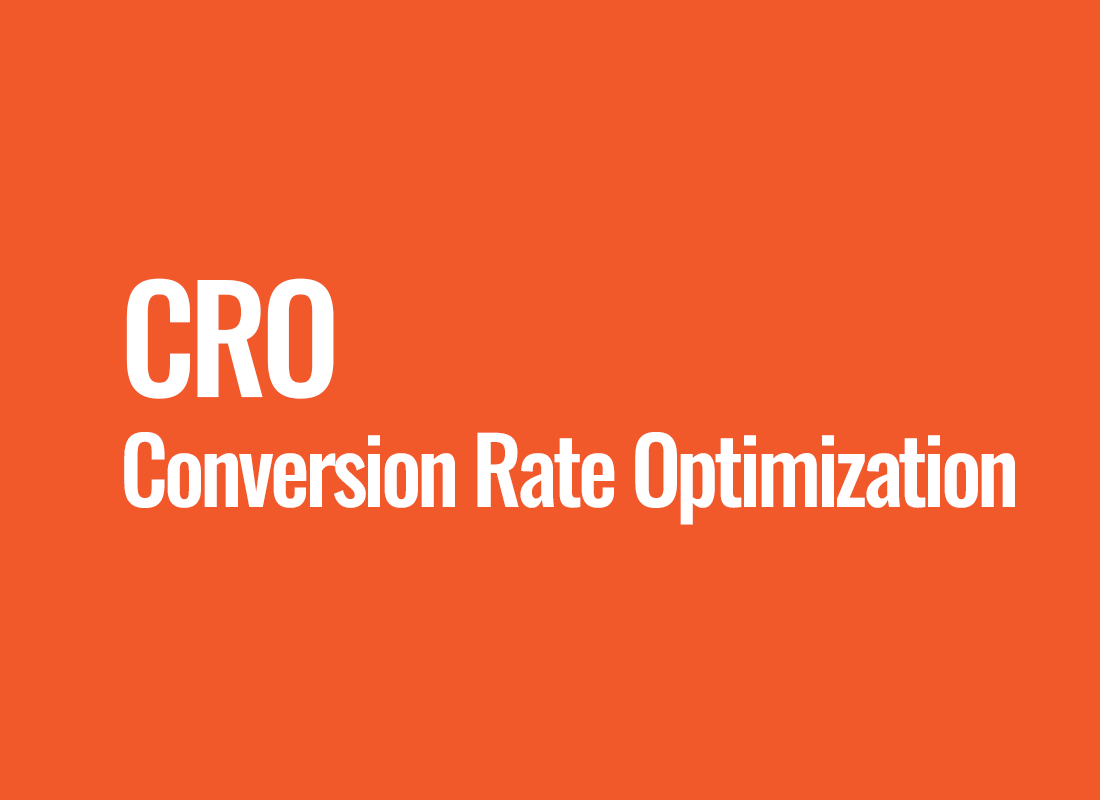CRO (Conversion Rate Optimization)
CRO (Conversion Rate Optimization) is the process of optimizing a website, mobile application, or marketing campaign to increase the percentage of users who become "converting users", that is, perform the desired action, such as purchasing a product, signing up for a newsletter, or filling out a form. In practice, CRO is a strategy that allows companies to understand what works on their websites and what doesn't, suggest improvements, and enhance the overall effectiveness of their online efforts. Modern markets are full of competition, and the winners are those companies that can effectively understand and satisfy the needs of their customers. CRO is the key to this victory.
Observe, test, implement
An effective CRO strategy focuses on understanding how users navigate the site, what decisions they make, and what prevents them from achieving conversion goals. This requires a thorough understanding of user psychology, good UX design, A/B testing, data analysis, and continuous improvement. CRO helps companies identify barriers in the conversion path that may deter potential customers. To do this, CRO experts need to deeply understand their customers, using user research techniques such as behavioral analysis, ethnographic studies, interviews, and surveys.
Examples of CRO applications:
1. Online store optimization
An online store can apply CRO to increase the number of users making purchases. After analyzing the site and its traffic, the company may decide to A/B test various elements, such as page layout, button colors, or copy. CRO helps understand which page elements lead to higher conversion rates. For example, a store may find that a green "buy now" button leads to higher conversion than a red one, prompting changes in page design.
2. Form optimization
A B2B company can use CRO to increase the number of people filling out forms on their website. By testing different types of forms, content, and form features, one can determine which ones attract more users to complete the form. For instance, the company may find that a simple, one-page form generates more leads than a lengthy, multi-page one.
3. Blog improvements
A blogger can use CRO to increase the number of newsletter subscriptions. Sample actions include testing different locations for the subscription form on the page, changing the subscription button design, or developing more engaging content. For example, the blogger may find placing the subscription form at the top of the page generates more sign-ups than at the bottom.
4. Advertising campaigns
The marketing department can use CRO to optimize advertising campaigns by testing different content, images, and advertising objectives to see which ones generate more clicks and conversions. For example, a company might discover that an ad with a product image generates more clicks than an ad with text.
CRO is an incredibly important part of every company's online strategy. In the digital age, where competition is just a mouse click away, even the slightest improvement in conversion rate can bring significant benefits. Through systematic testing of various page elements and interpreting the results, companies can remove obstacles to conversion and boost their effectiveness.
While CRO may seem complicated, the key to success is primarily focusing on the user - understanding their needs, expectations, and challenges. What works for one site or group of users may not work for another, so continuous testing and optimization are crucial. CRO is a never-ending process, but with each step, it offers benefits in understanding your customers and their needs.
Finally, it's essential to remember that CRO is a process. While some changes may yield immediate results, it often requires time, experimentation, and continuous refinement. But over time, CRO can bring significant benefits to your business, not only improving the conversion rate but also customer satisfaction, which is the foundation of long-term success.




